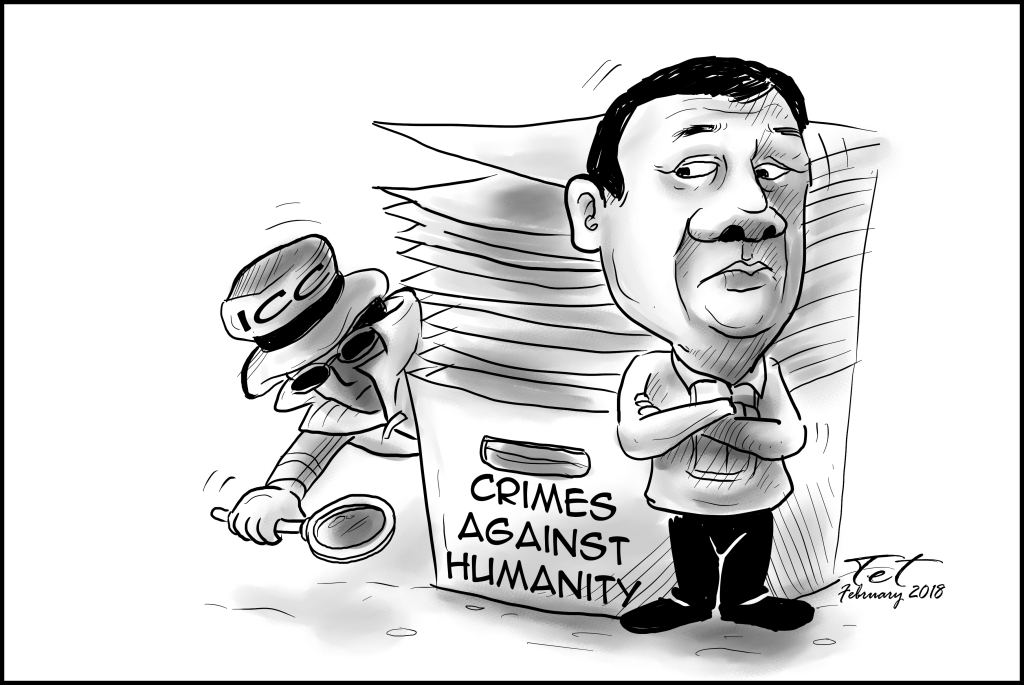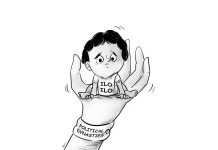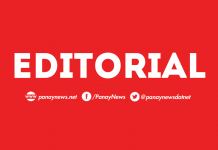
[av_one_full first min_height=” vertical_alignment=” space=” custom_margin=” margin=’0px’ padding=’0px’ border=” border_color=” radius=’0px’ background_color=” src=” background_position=’top left’ background_repeat=’no-repeat’ animation=”]
[av_heading heading=’Wanted: Boracay roadmap ‘ tag=’h3′ style=’blockquote modern-quote’ size=’30’ subheading_active=’subheading_below’ subheading_size=’18’ padding=’10’ color=” custom_font=” av-medium-font-size-title=” av-small-font-size-title=” av-mini-font-size-title=” av-medium-font-size=” av-small-font-size=” av-mini-font-size=” admin_preview_bg=”]
EDITORIAL
[/av_heading]
[av_textblock size=” font_color=” color=” av-medium-font-size=” av-small-font-size=” av-mini-font-size=” admin_preview_bg=”]
February 13, 2018
[/av_textblock]
[av_textblock size=’18’ font_color=” color=” av-medium-font-size=” av-small-font-size=” av-mini-font-size=” admin_preview_bg=”]
HOUSE Resolution No. 1087 seeks to determine necessary actions of the government to prevent the deterioration of local tourist spots, most notably the world-famous Boracay Island in Aklan province. The ocular inspection in Boracay during the House’s Western-Eastern Nautical Highway Expedition last March 2017 prompted Samar’s Cong. Edgar Mary Sarmiento to file this resolution.
“What I witnessed there made me deeply concerned…if we do not take decisive action,” said Sarmiento.
But the Resolution is not only about Boracay. The situation there can be a universal example of how the tourism industry could be detrimental to the environment if there is no roadmap ensuring sustainability.
Tourism secretary Wanda Teo raised the issue on sewage treatment – or lack thereof – from the numerous commercial establishments in Boracay. According to her, around 100 commercial establishments in the island engage in improper waste management, thus contaminating the once-pristine beaches there.
Meanwhile, Environment secretary Roy Cimatu revealed land management problems in Boracay. About 400 hectares of the island are forestlands. However, about 600 buildings are there in the forestland and they are occupied by 3,000 to 4,000 illegal settlers. These illegal settlers are competing with tourism as far as services are concerned. “Meaning, the disposal of garbage, water management, everything,” Cimatu said.
We’re just wondering how these 3,000 to 4,000 settlers were able to construct buildings. You are only allowed to build when you have permit from the local government.
The pouring of waste into the sea and overcrowding of establishments in Boracay are in fact just two of the many issues in the island. The others are solid waste management disposal, drainage problem that lead to flooding, resorts built over natural bodies or water, and traffic caused by overcrowding.
Can the Teo-proposed Boracay Inter-Agency Task Force address both the island’s longtime and emerging problems?
Let us see how this plays out. What is clear is that there must be a roadmap or master plan for ensuring the sustainability of Boracay and the country’s other tourist destinations. Clearly, too, DOT cannot do this alone. Tourism is a shared responsibility between the government and tourism stakeholders.
[/av_textblock]
[/av_one_full]







